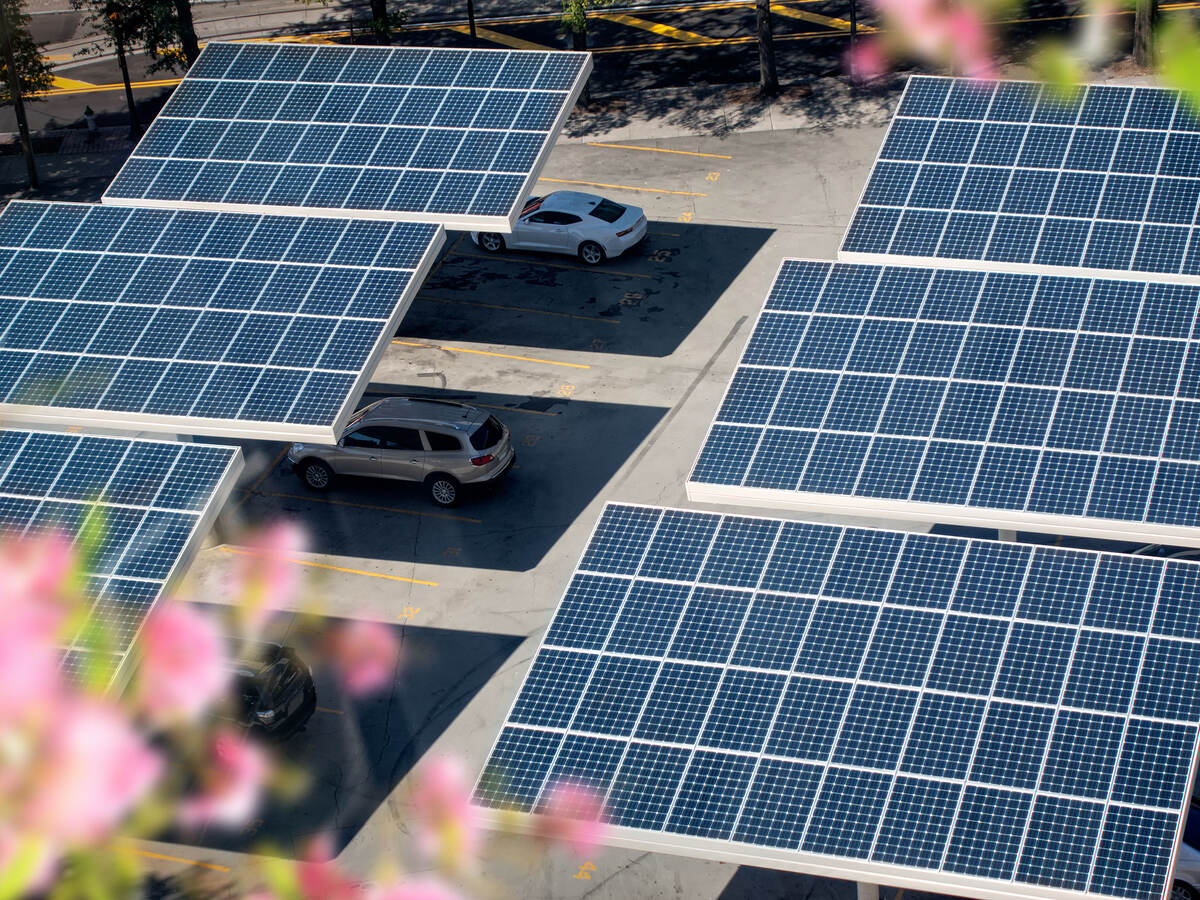June 5, 2024
By Christopher Jensen, regulatory services manager, Codes and Regulatory Services, Distinguished Member of Technical Staff, William Henry Merrill Society and Joseph Bablo, manager, principal engineering, Energy and Industrial Automation
As society looks to address climate change and move to more sustainable transportation options, electric vehicles (EVs) are becoming more widely adopted. The market for EVs has grown rapidly in recent years and is expected to continue growing at a fast pace over the coming decade. While EVs provide many benefits, there are significant challenges to rapid deployment, including limited public access to EV charging stations and inadequate electrical grid infrastructure.
EV charging station density is a metric that highlights both the availability and accessibility of EV charging stations. Increasing station density (a more comprehensive network of charging stations) will increase convenience and support adoption. However, in many cases, it will be necessary to upgrade electric utility infrastructure to meet the demands of EV charging stations. Upgrades are more likely necessary in rural areas where grid infrastructure may be less resilient. Local electric utility upgrades such as adding three-phase power or installing transformers may add significant costs and time to EV charging projects.
Introducing mobile EV charging
To solve these and other technical challenges, the EV charging industry is developing mobile, scalable and fast EV charging stations that incorporate energy storage systems (ESS). These mobile EV charging stations can be deployed where the current EV charging density is low or the existing electrical infrastructure is inadequate. These new and innovative systems are mobile or relocatable installations, generally mounted on a trailer or other mobile structure. Mobile EV charging systems incorporate EV supply or charging equipment with ESS. They may include multiple inputs from other power sources, such as generators, photovoltaic arrays or connections to the electrical grid.
The deployment of mobile EV charging stations presents challenges for code authorities. Model building, fire, and electrical codes regulate traditional EV charging equipment and ESS installations in or on buildings or structures. These codes address the spacings and maximum quantities of battery ESS components and the interconnection of ESS and EV equipment. Code authorities can inspect the installation onsite during construction to assess compliance with the adopted codes and standards. These new mobile EV charging stations are built off-site, where code authorities cannot inspect concealed wiring and equipment. Code authorities often rely on product certification to apply product safety standards for products and equipment manufactured in a factory, enabling them to approve the equipment per the model codes.
Adapting to enable safer adoption
UL Solutions has developed UL 3202, the Outline of Investigation for Mobile Electric Vehicle Charging Systems Integrated with Energy Storage Systems, to address safety concerns with these new mobile charging systems. UL Solutions published this Outline of Investigation on Feb. 23, 2024. Key aspects of UL 3202 include:
- These systems consist of conductive EV supply equipment integrated with ESS.
- The ESS can be housed in a separate cabinet or within the EV supply equipment.
- These systems may have multiple inputs from other sources, including generators, photovoltaic (PV) arrays, grids or other power production sources.
- The output of these systems is only used to supply power to an EV to recharge the onboard battery.
- UL 3202 addresses the safety and compatibility of the various subsystems when integrated into the overall system.
- These systems are intended to be movable or relocatable between uses by mounting on a mobile trailer or other means.
- These systems may consist of autonomous products that can self-locate for use and then return to a centrally located base.
- These systems may or may not connect to a grid power source during or between uses. If connected to a grid power source, no power back-feeding onto the grid is permitted.
UL Solutions certifies (lists) mobile EV charging systems under the product category for mobile EV charging systems integrated with ESS (UL Solutions product category FFYD) per UL 3202.
View the UL Solutions guide information and certifications (listings) on the UL Product iQ® directory, available at www.UL.com/PiQ, by entering “FFYD” in the search field.
Stay informed
Actionable insights on the topics you choose, delivered directly to your inbox.

